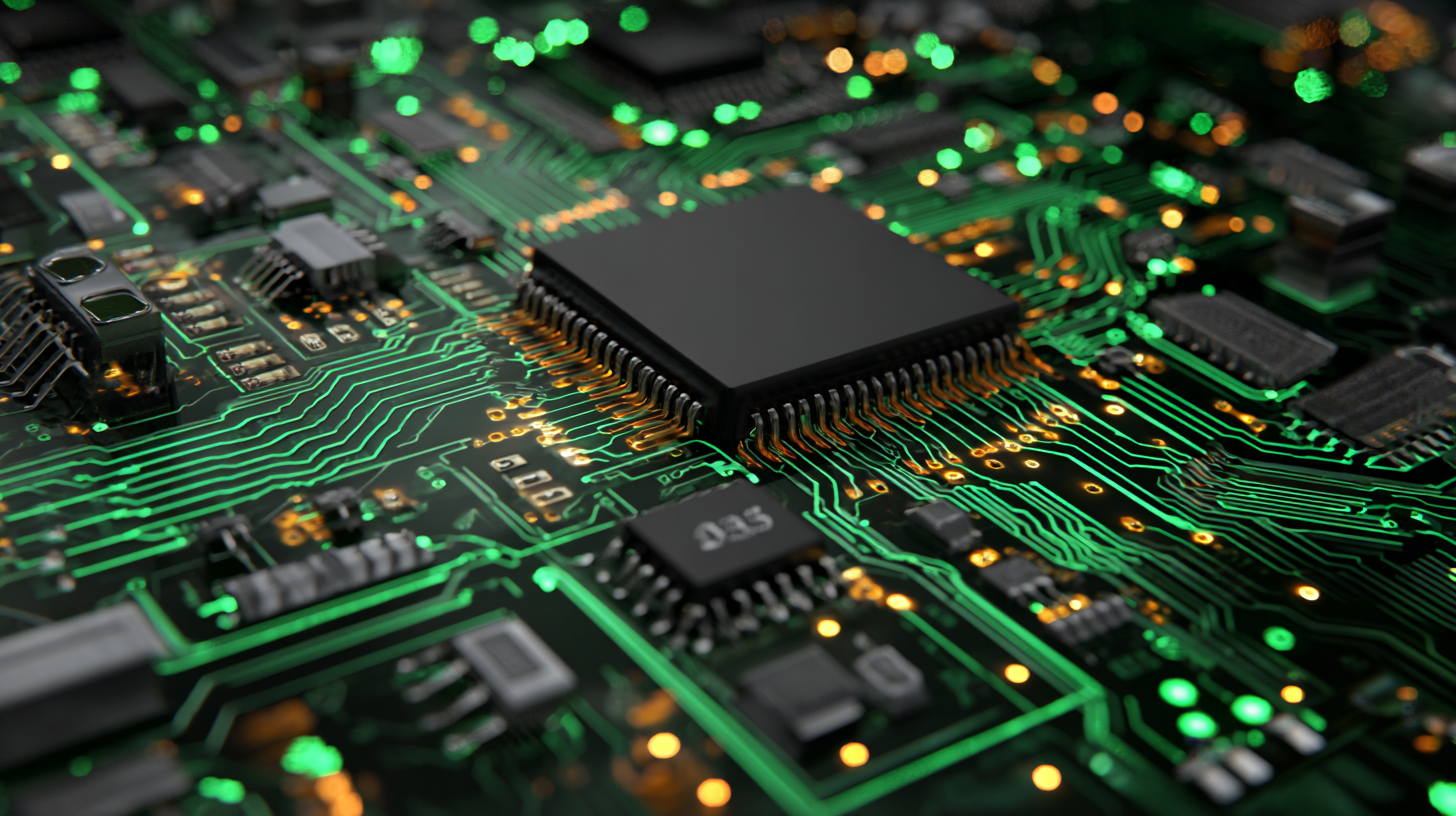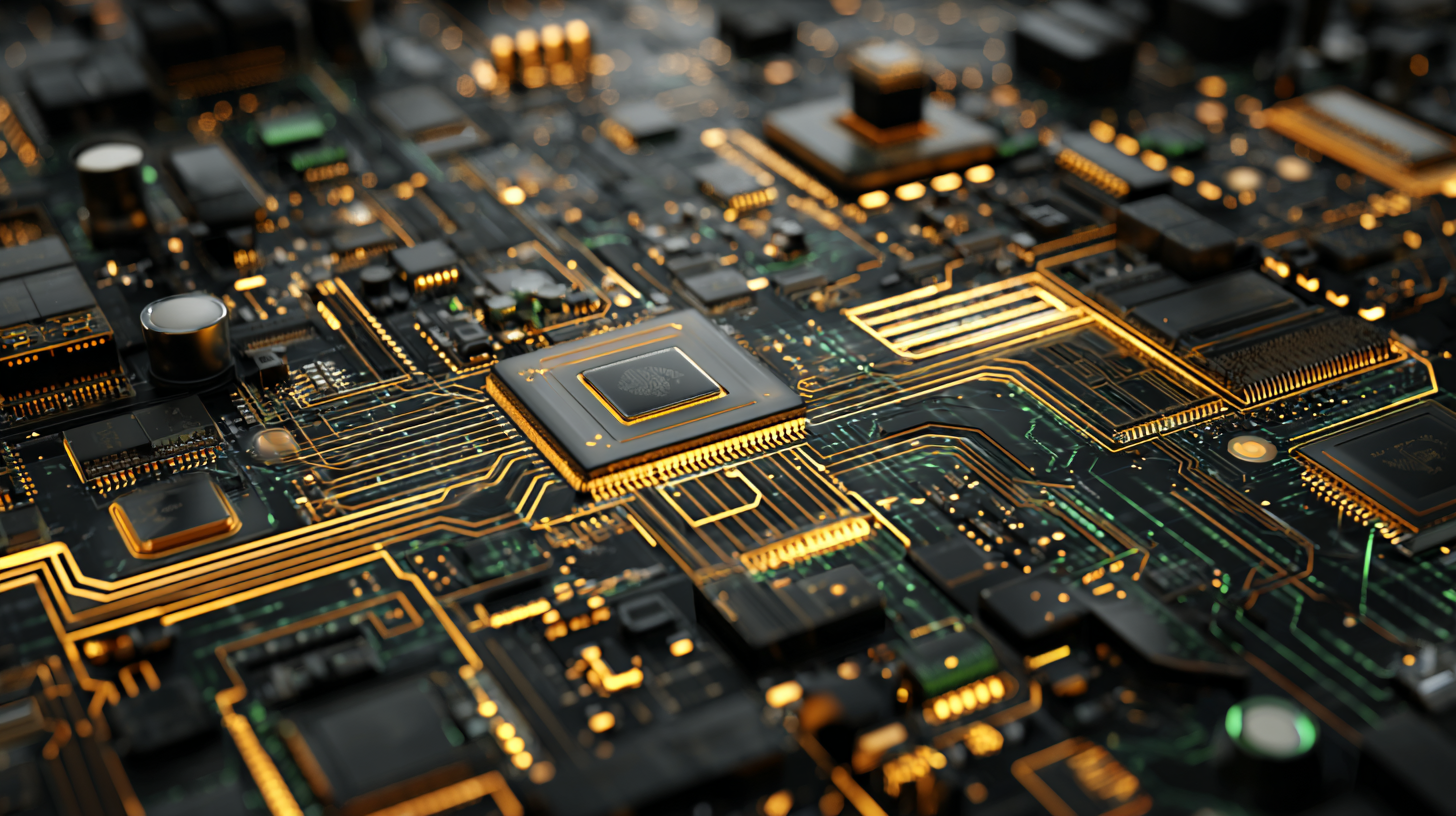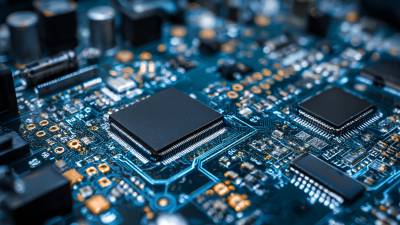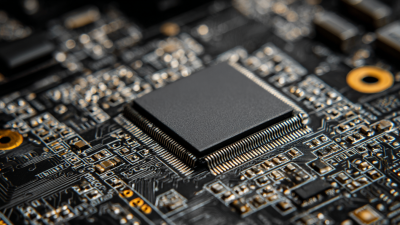Understanding the Fundamentals of Circuit Board Design for Beginners
The field of circuit board design is pivotal in the electronics industry, underpinning the functioning of nearly every modern electronic device. According to a recent market research report by Grand View Research, the global PCB market is expected to reach USD 100.76 billion by 2025, driven by the increasing demand for consumer electronics, automotive applications, and the rise of IoT devices. For beginners venturing into this dynamic domain, understanding the fundamentals of circuit board design is essential. It encompasses principles such as schematic capture, layout, and fabrication processes, which serve as the backbone for creating efficient and reliable electronic circuits. As technology continues to evolve, so does the complexity of circuit board design, making it crucial for newcomers to equip themselves with foundational knowledge that will facilitate their journey in this ever-expanding field.

Essential Tools and Materials for Circuit Board Design
When delving into circuit board design, understanding the essential tools and materials is crucial for beginners. The foundation often begins with the selection of a PCB design software that meets the specific needs of the project. With numerous options available, new designers should look for user-friendly software that offers good support and features like schematic capture, layout design, and simulation capabilities. Recent advancements have seen AI technology play a significant role in enhancing the capabilities of these software solutions, enabling more efficient and precise design processes.
In addition to software, the materials used in circuit board design are equally important. Common materials include standard FR-4 for the substrate, which provides durability and electrical insulation. The choice of conductive materials, like copper for traces, significantly impacts the performance of the board. Moreover, recent innovations have introduced higher-grade materials that can withstand greater heat and offer better performance, making it essential for beginners to stay informed about the latest developments in materials science. Understanding these fundamental elements will empower aspiring circuit board designers to create effective and reliable PCB layouts.
Key Principles of Electrical Circuit Theory for Beginners
 Understanding the basics of electrical circuit theory is essential for beginners navigating the world of circuit board design. At its core, electrical circuit theory encompasses principles such as Ohm's law, Kirchhoff's laws, and the concepts of voltage, current, and resistance. For example, according to a recent industry report, understanding Ohm’s law is crucial, as it highlights the relationship between voltage (V), current (I), and resistance (R), laying the foundation for analyzing simple circuits.
Understanding the basics of electrical circuit theory is essential for beginners navigating the world of circuit board design. At its core, electrical circuit theory encompasses principles such as Ohm's law, Kirchhoff's laws, and the concepts of voltage, current, and resistance. For example, according to a recent industry report, understanding Ohm’s law is crucial, as it highlights the relationship between voltage (V), current (I), and resistance (R), laying the foundation for analyzing simple circuits.
Moreover, mastering Kirchhoff's laws allows beginners to solve complex circuit configurations by facilitating the analysis of current and voltage at various junctions within a circuit. A key takeaway from educational resources is that practical application of these principles through hands-on projects significantly enhances comprehension. Incorporating simulation software can be highly beneficial; research indicates that 70% of engineering students who engage with simulation tools report improved problem-solving skills and a deeper understanding of circuit behavior. Embracing these theoretical concepts enables aspiring engineers to effectively approach circuit board design and innovation in a rapidly evolving technological landscape.
Step-by-Step Guide to Creating Your First Circuit Board Layout
Creating your first circuit board can be an exciting yet daunting task for beginners. A well-structured approach is vital. Start by gathering the necessary tools, including PCB design software like KiCad or Eagle, which, as per a recent industry report by ResearchAndMarkets, projects a growth rate of 7.5% in the PCB design software market, indicating a strong demand for accessible and efficient design tools. This step ensures you're equipped with user-friendly interfaces that simplify design processes, making the learning curve less steep.
Once you are set up, the next step is to conceptualize your layout. Sketch your circuit schematic, which serves as the blueprint for your design. A study from Circuit World pointed out that 75% of PCB design errors stem from schematic issues, underscoring the importance of getting this phase right. After finalizing your schematic, proceed to design your PCB layout by placing components logically to optimize space and functionality. This includes paying careful attention to routing the traces for signal integrity and power distribution, as improper routing can lead to performance issues that are often cited in failure analysis reports. Engaging with PCB design communities can also provide valuable insights and troubleshooting as you navigate this intricate process.
Common Mistakes to Avoid in Circuit Board Design
When embarking on circuit board design, avoiding common mistakes can dramatically improve the outcome of your project. One of the major pitfalls involves neglecting the importance of clear documentation and schematic diagrams. According to industry reports, nearly 30% of design errors stem from insufficient or unclear documentation, ultimately leading to costly revisions and delays. Emphasizing thoroughness in this area can save time and resources in the long run.
Another key mistake is underestimating the impact of component placement on performance and manufacturability. Studies have shown that improper spacing and alignment can result in interference and signal degradation, which can severely compromise the functionality of the circuit board. A well-considered layout not only enhances performance but also simplifies the manufacturing process, making it crucial for new designers to prioritize this aspect carefully as they develop their skills. Understanding these foundational principles lays the groundwork for creating reliable and efficient circuit boards.
Testing and Troubleshooting Techniques for Circuit Boards
Testing and troubleshooting techniques for circuit boards are crucial for ensuring their reliability and performance. One significant approach involves using advanced methods like AI-powered optical inspection, which allows manufacturers to efficiently identify nanoscale defects. By integrating optical inspection systems, PCB manufacturers can monitor defects in real-time, enhancing the overall quality control process. This technological advancement not only optimizes production but also significantly reduces the potential for failure in critical applications.
Furthermore, addressing issues related to electromagnetic immunity is vital in circuit board design. When troubleshooting RF immunity failures, engineers can pinpoint susceptibility issues more rapidly, which is essential for maintaining performance standards. Techniques such as examining grounding issues and implementing improved detection systems, like those utilizing advanced algorithms for defect recognition, further support effective troubleshooting. By leveraging these innovations, professionals can ensure that circuit boards function reliably in a variety of environments, ultimately leading to more robust electronic devices.

Related Posts
-

Transforming Industries: The Future of PCB Production and Its Impact on Technology
-

Innovative Trends in PCB Printing That Will Transform the Electronics Industry
-

Master the Art of Circuit Design Software for Innovative Electronics Solutions
-

Unlocking Efficiency: The Future of PCB Production Techniques in Modern Electronics
-

Understanding the Impact of Printed Circuit Board Assembly on Today's Electronics Industry and Market Growth
